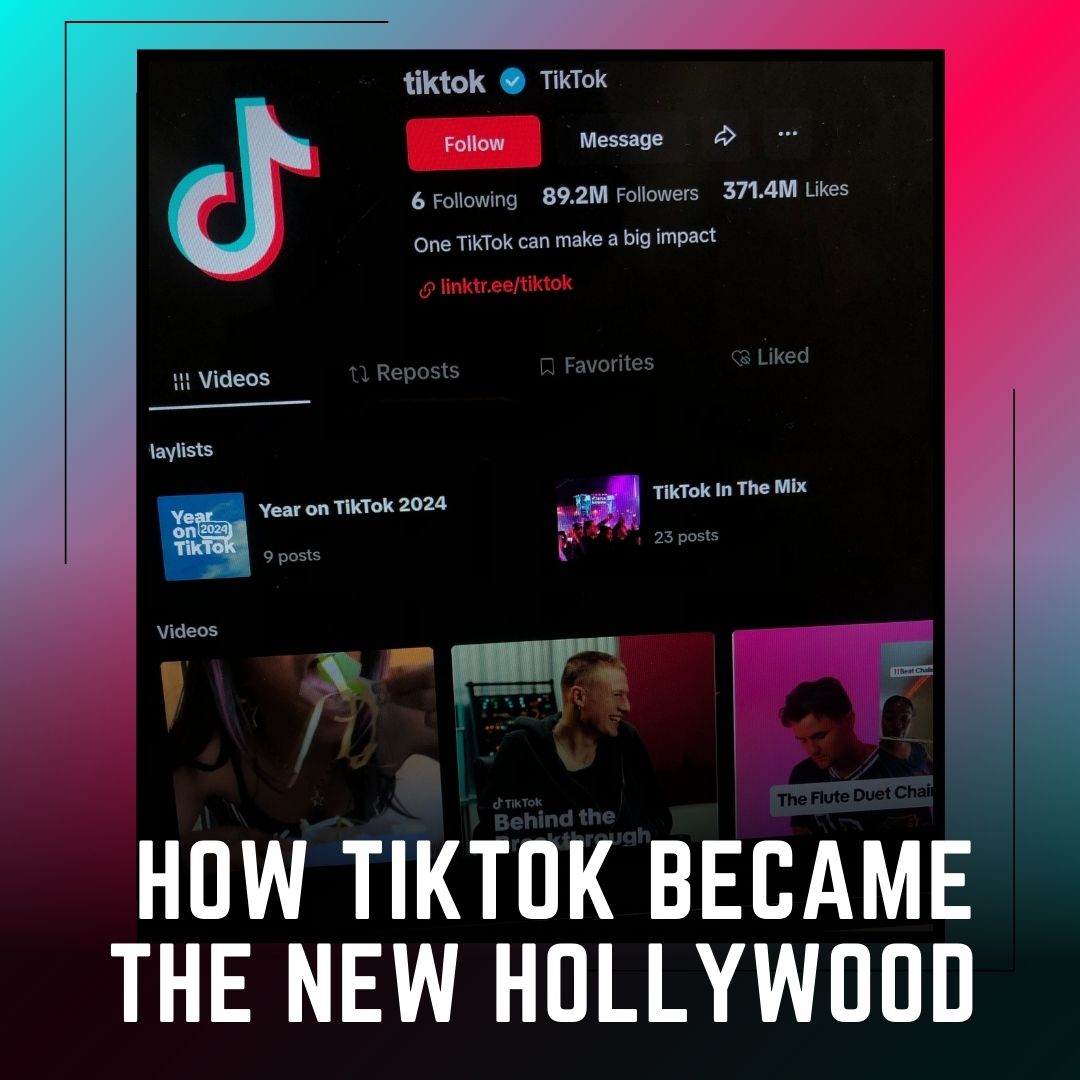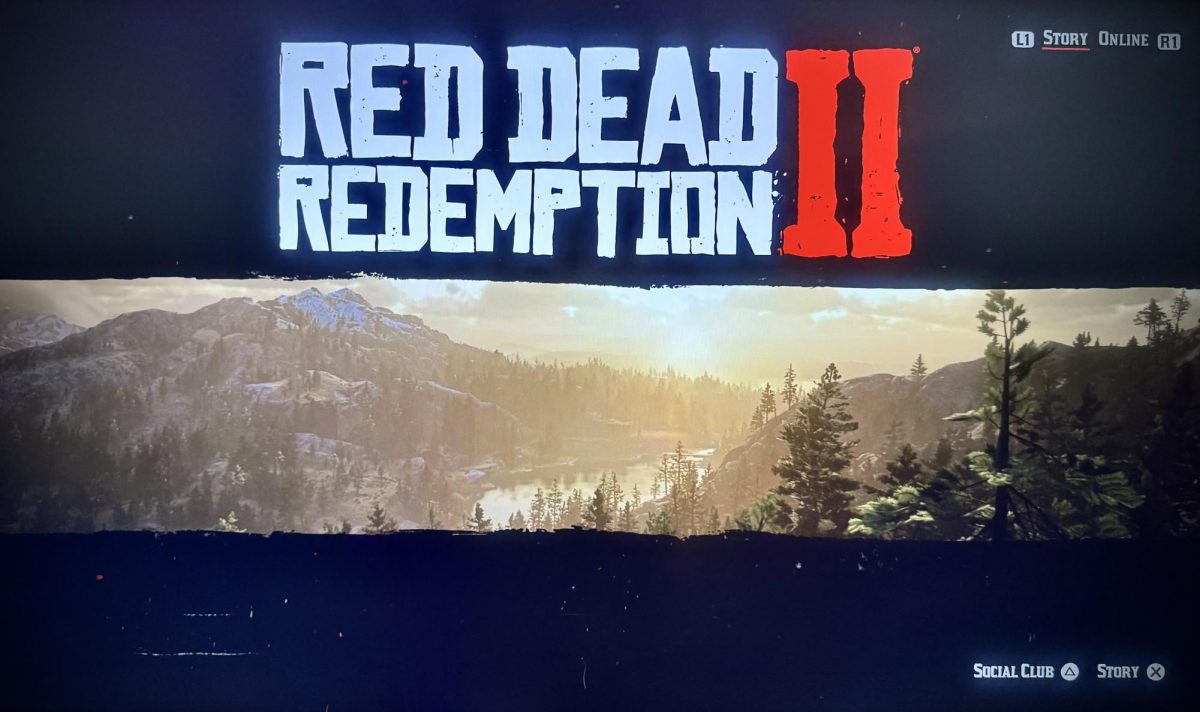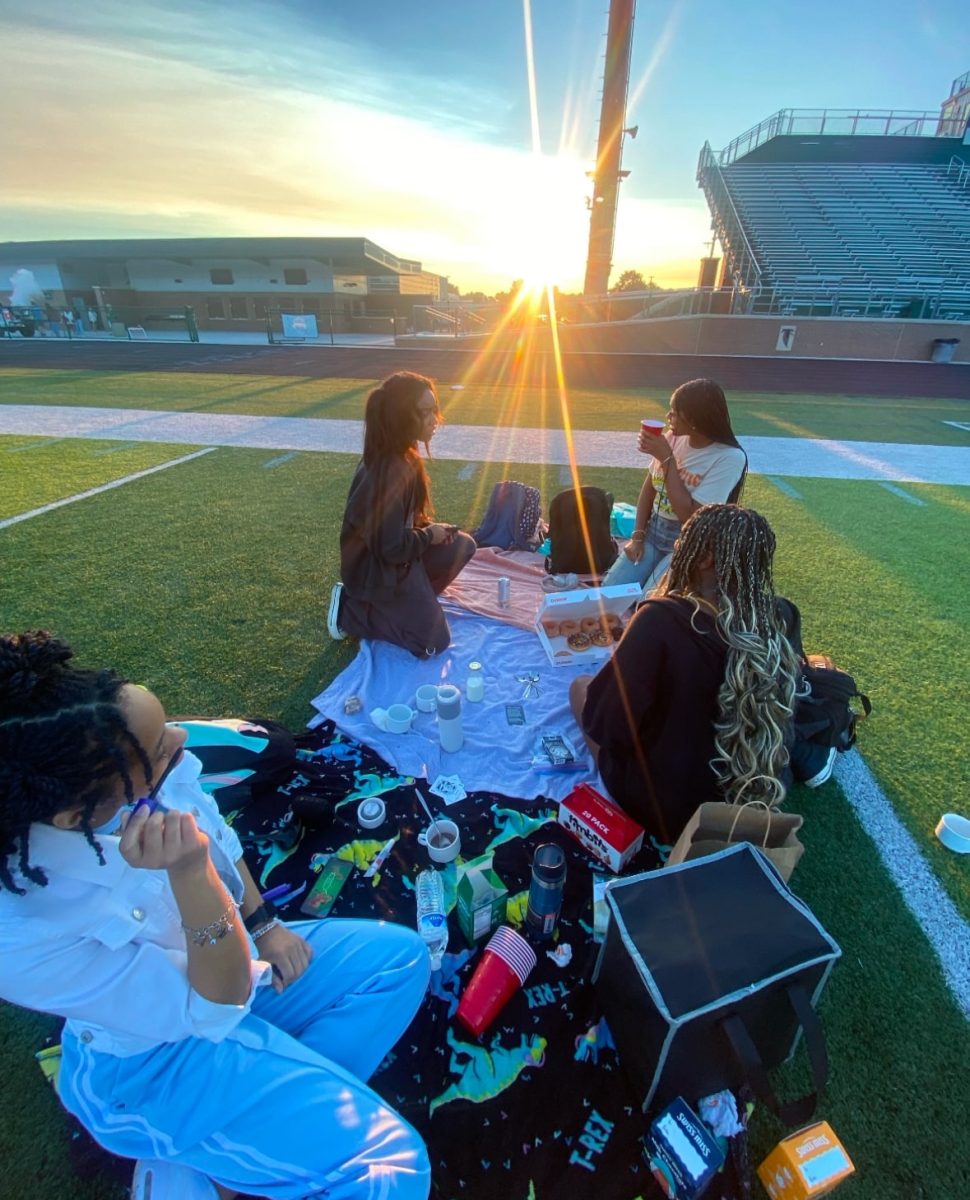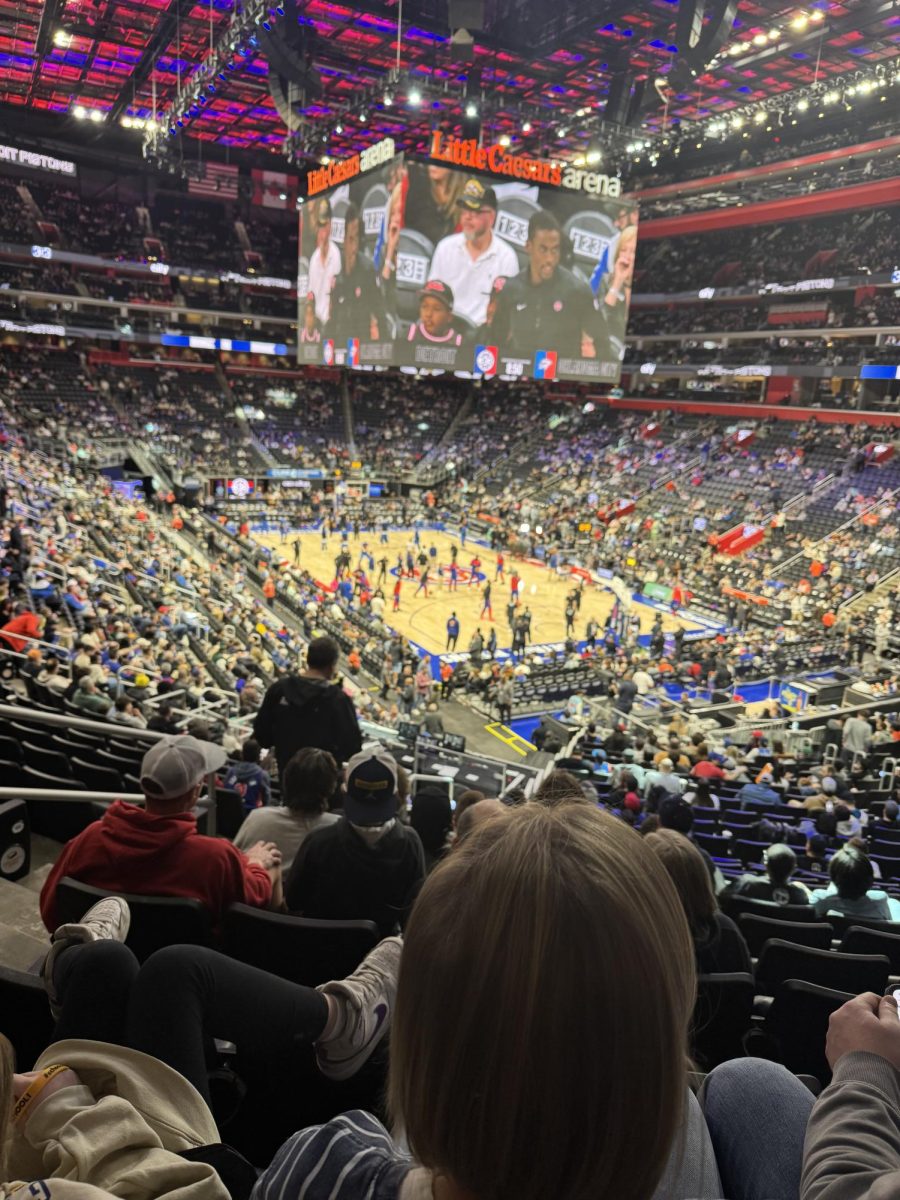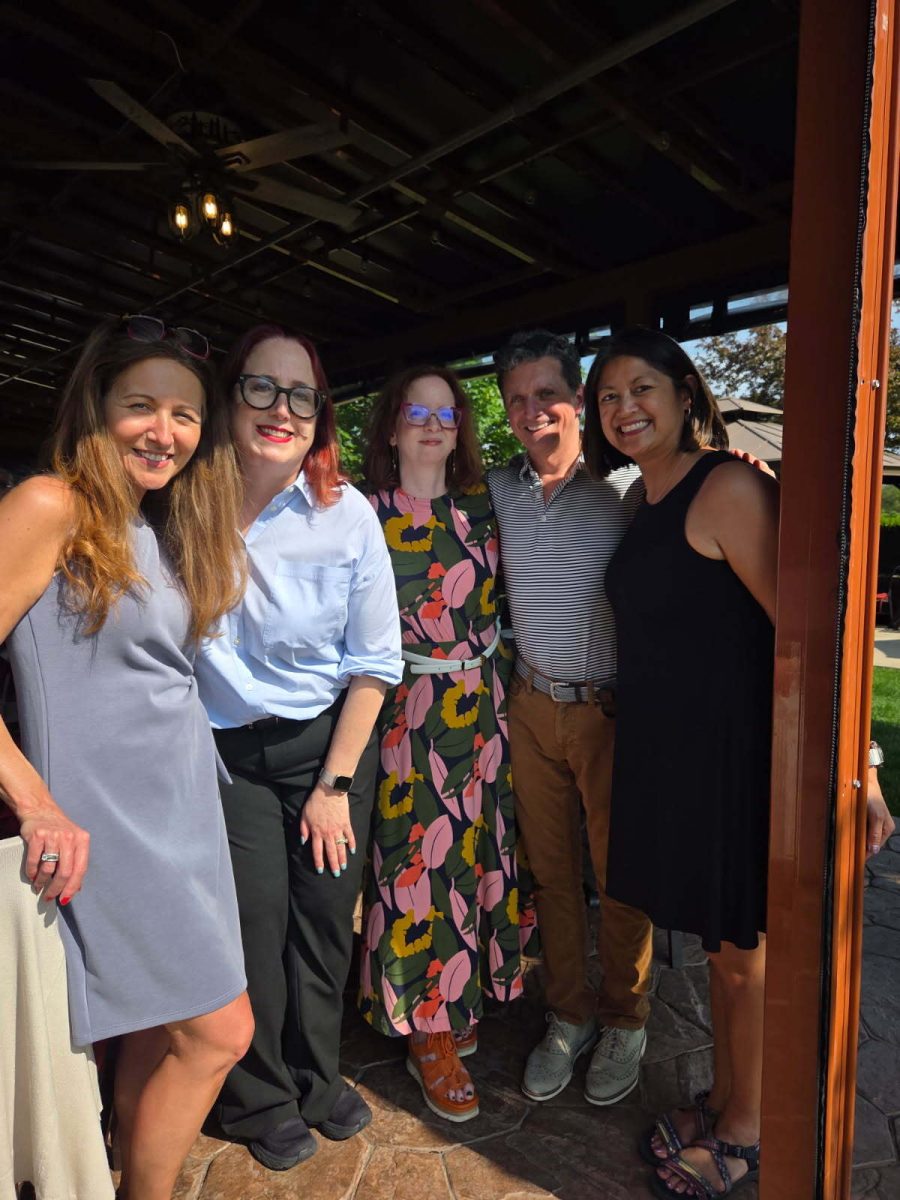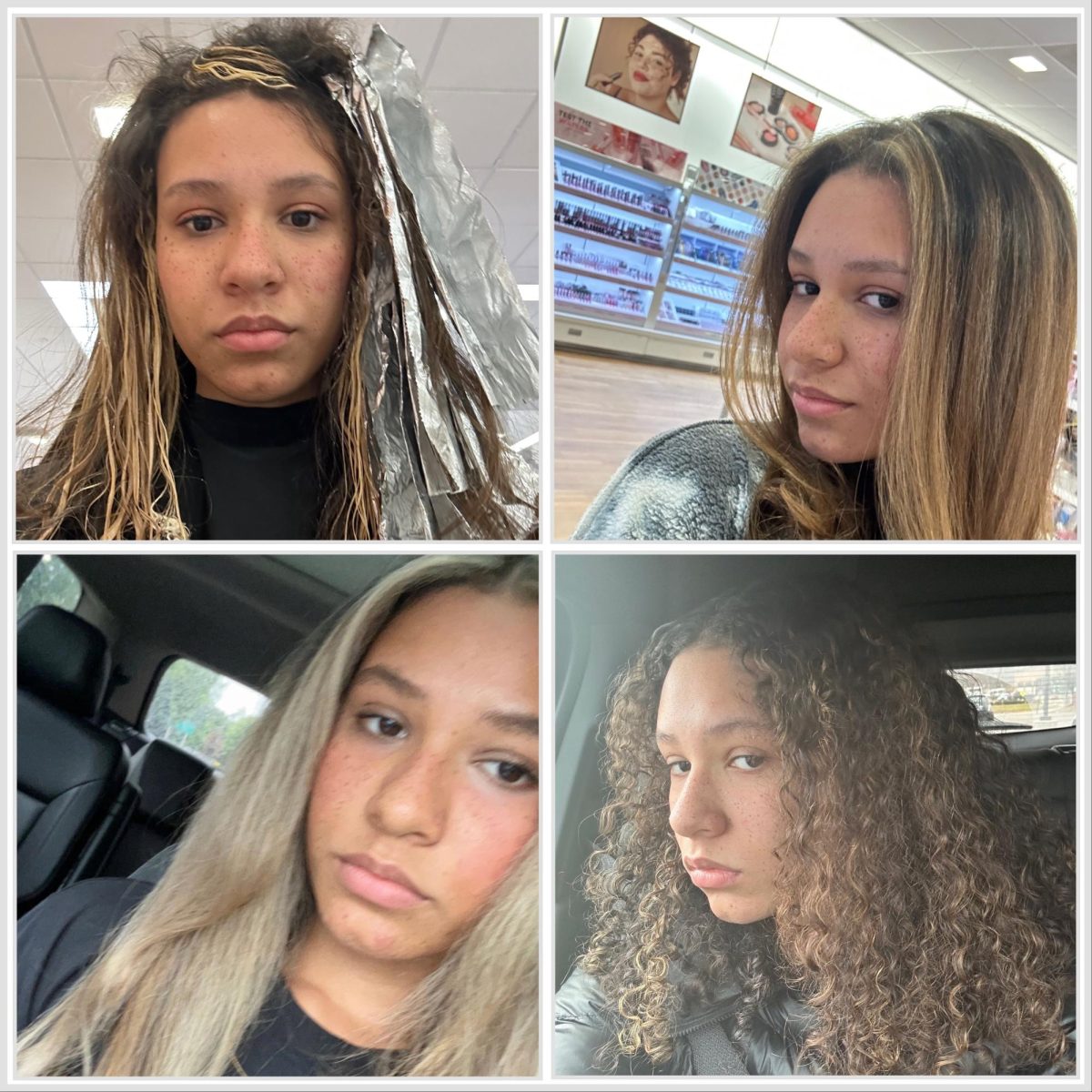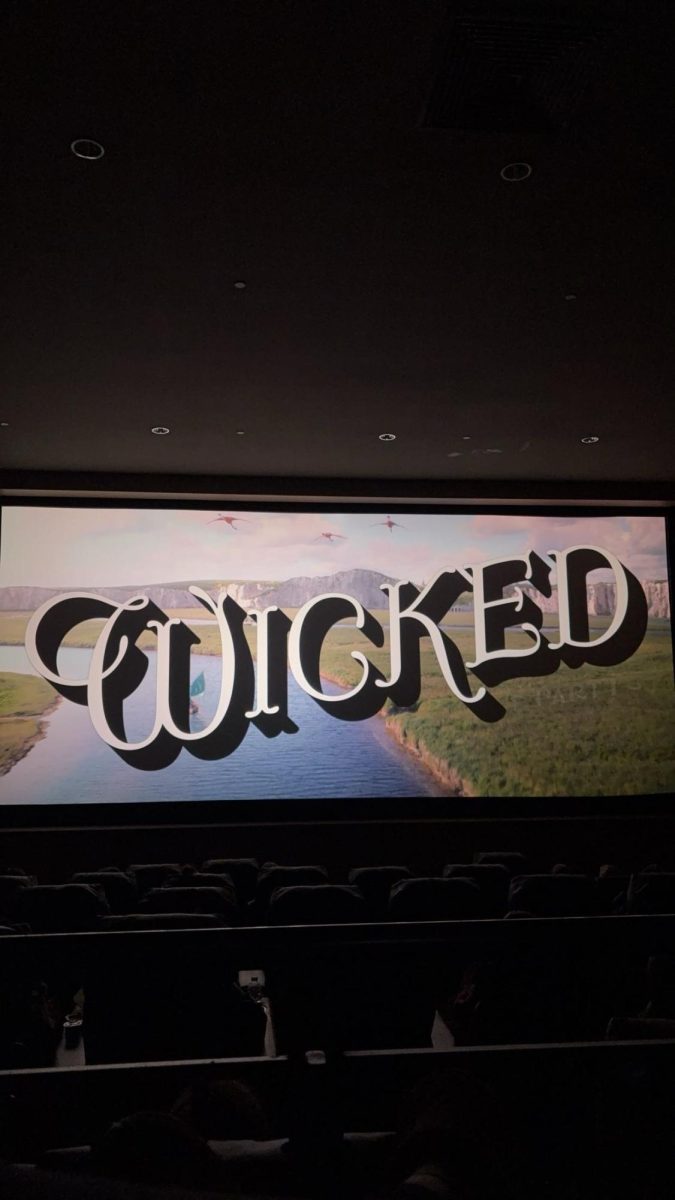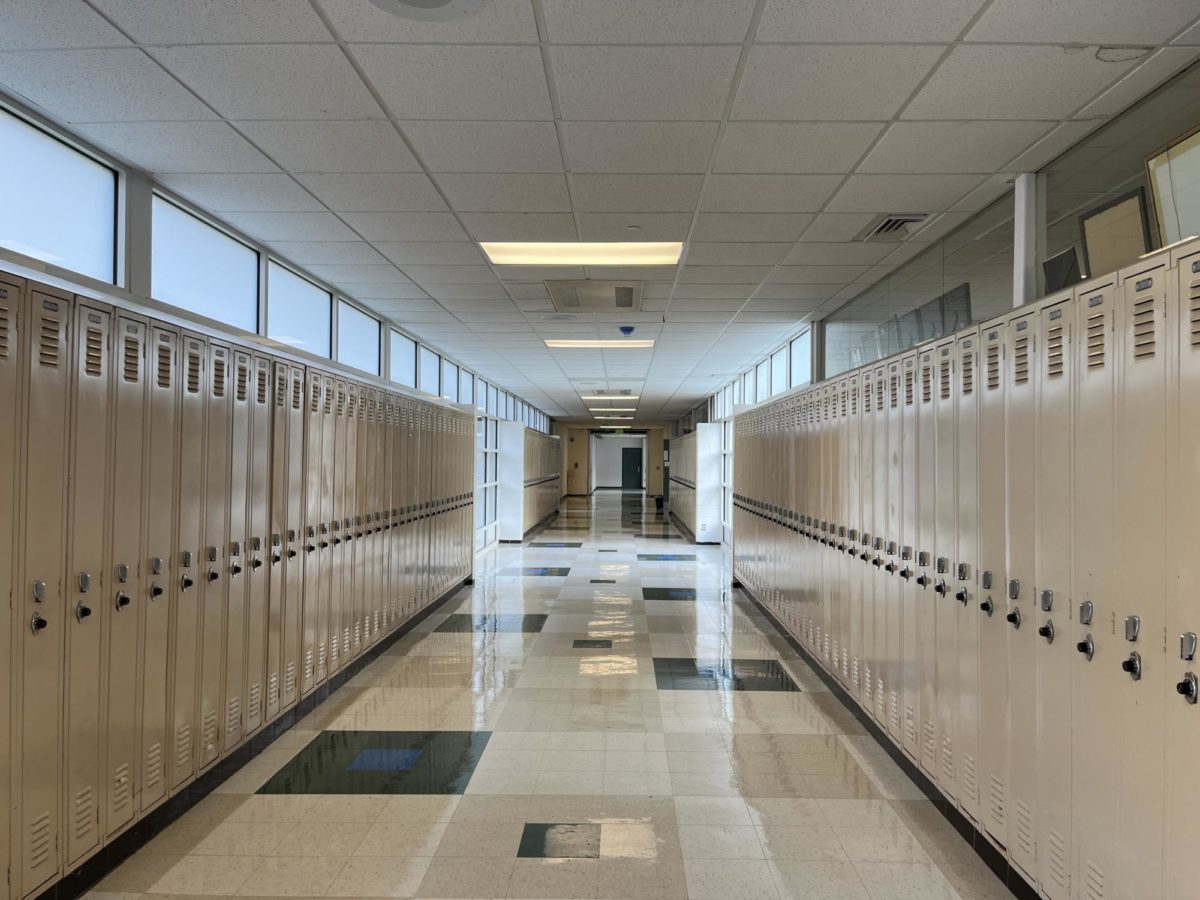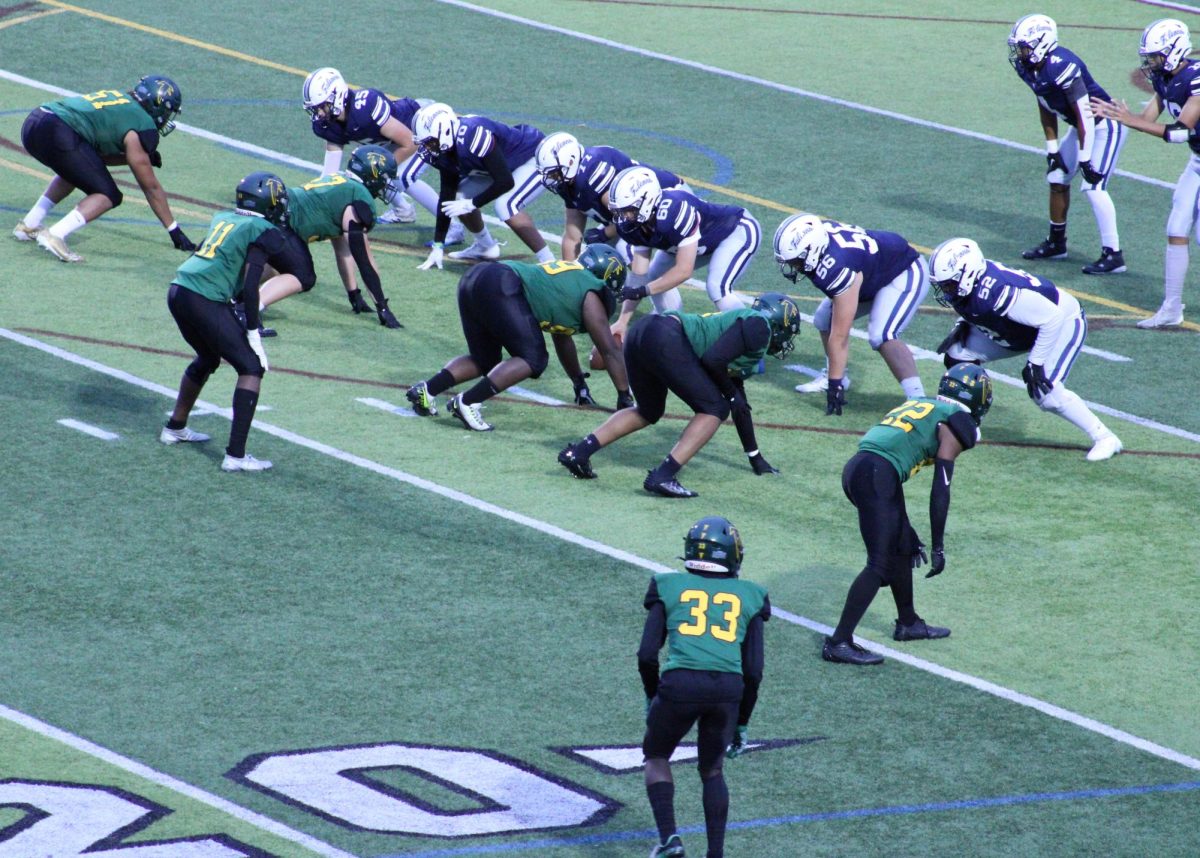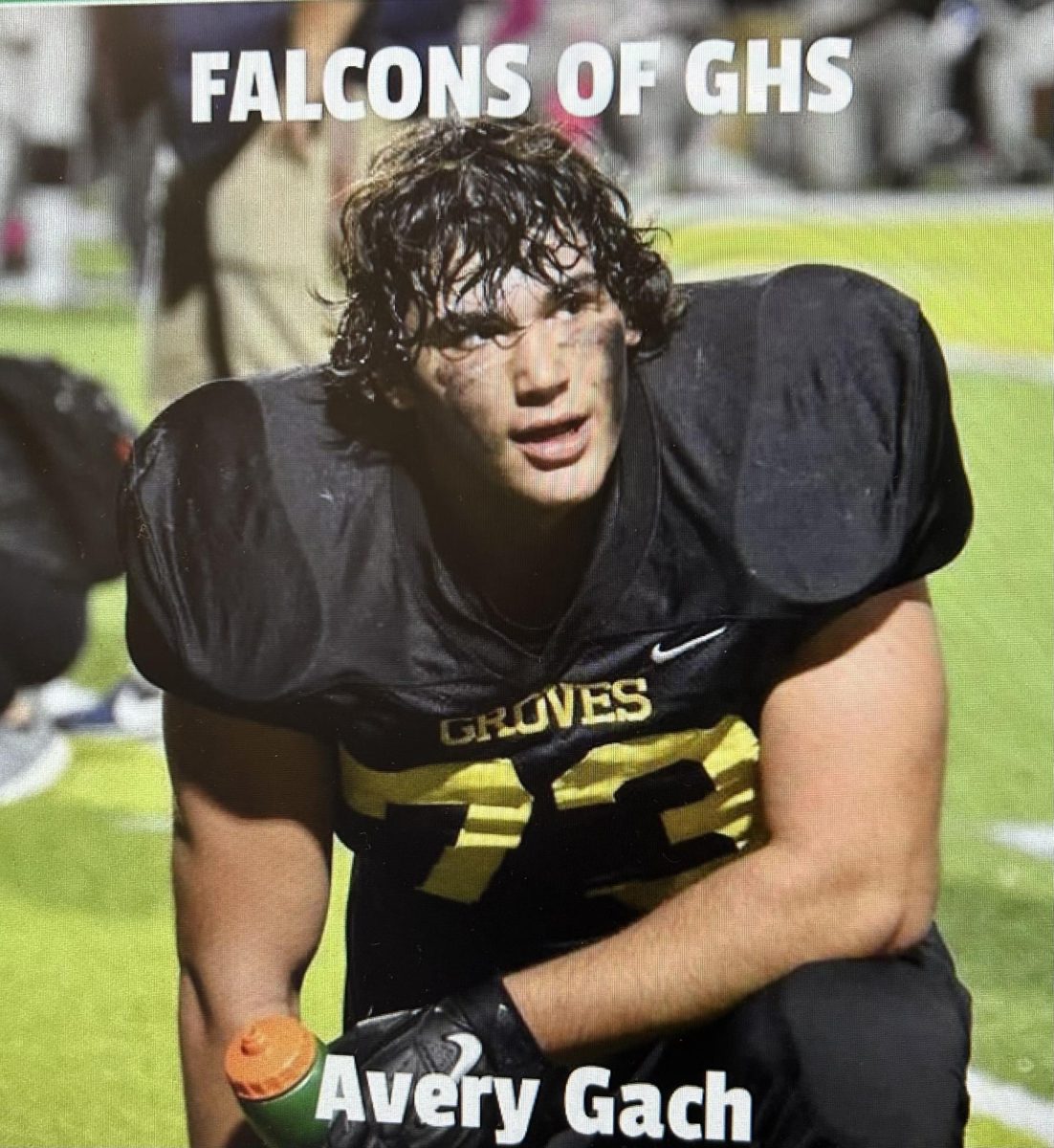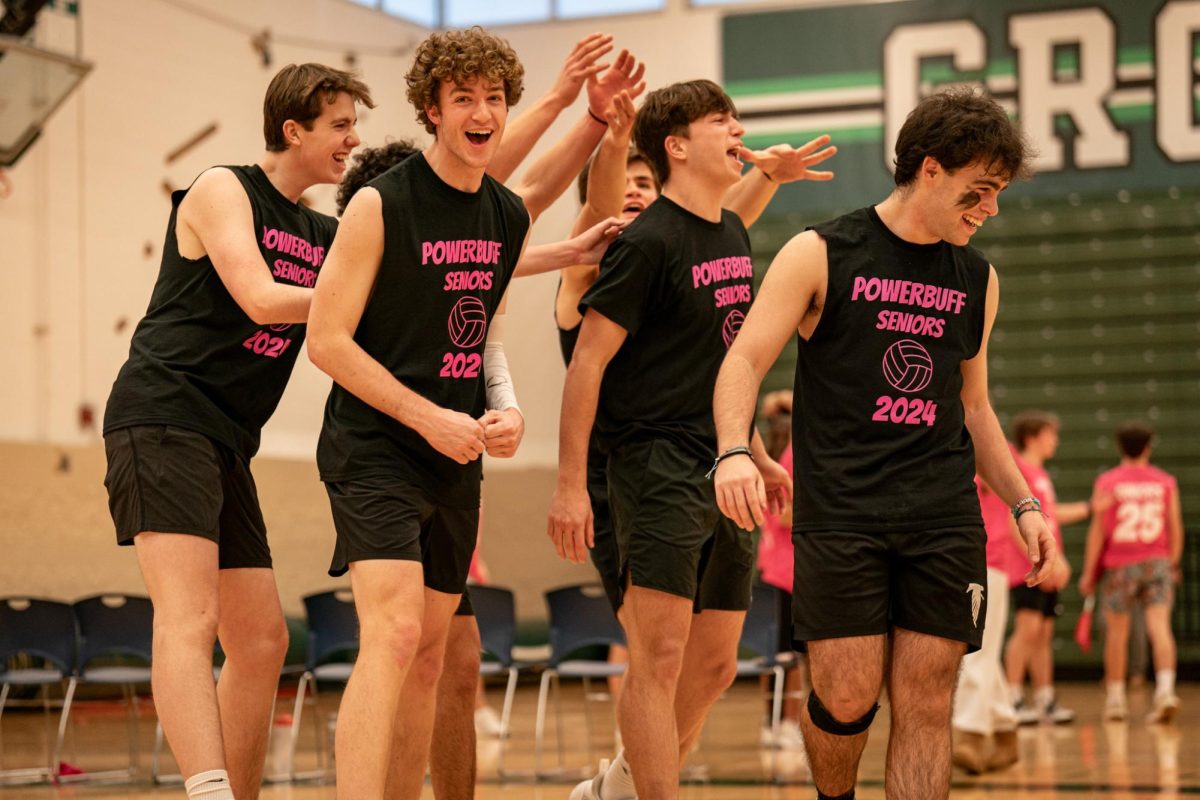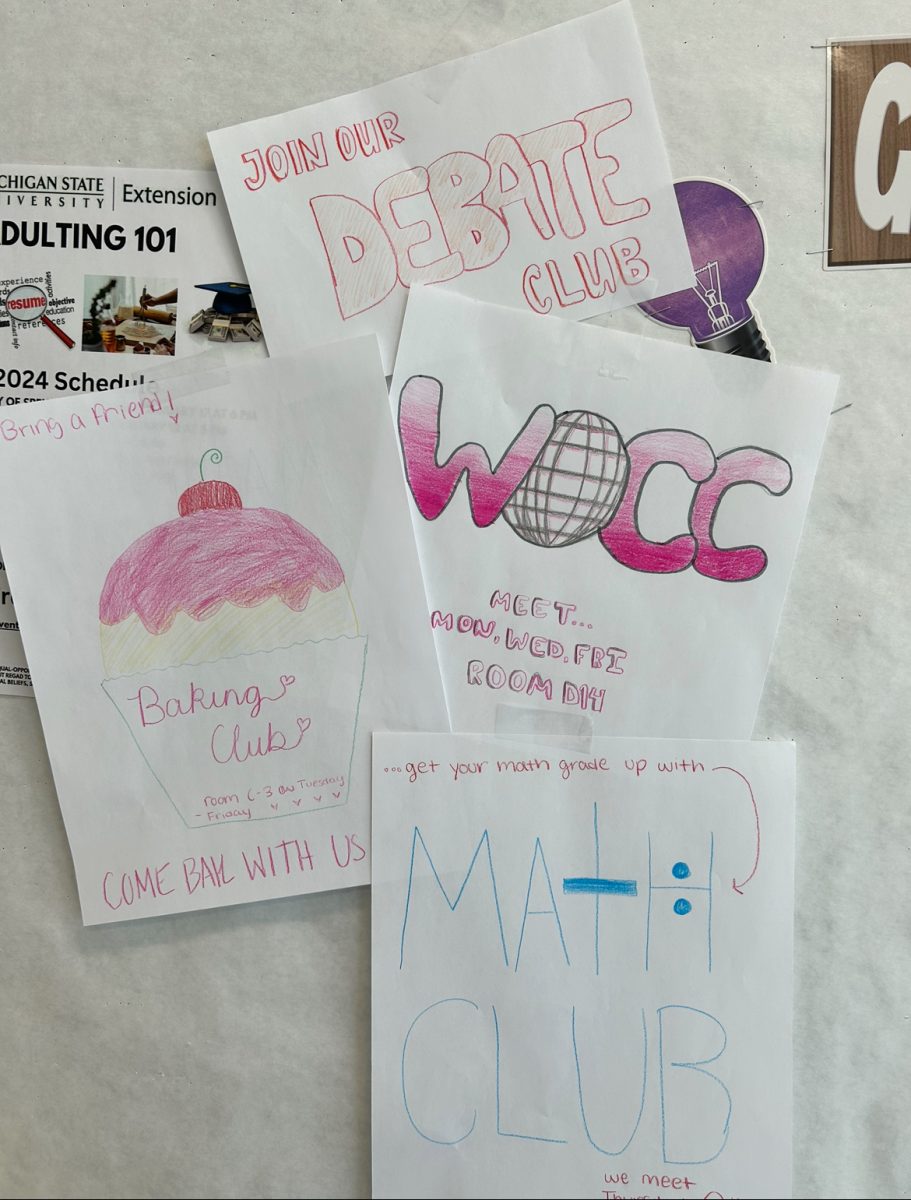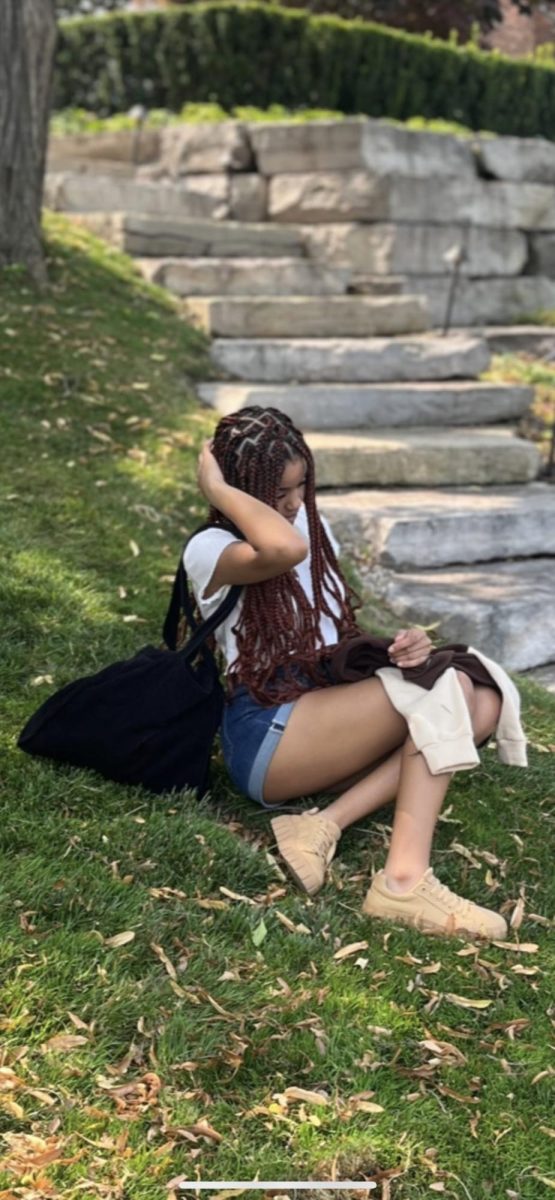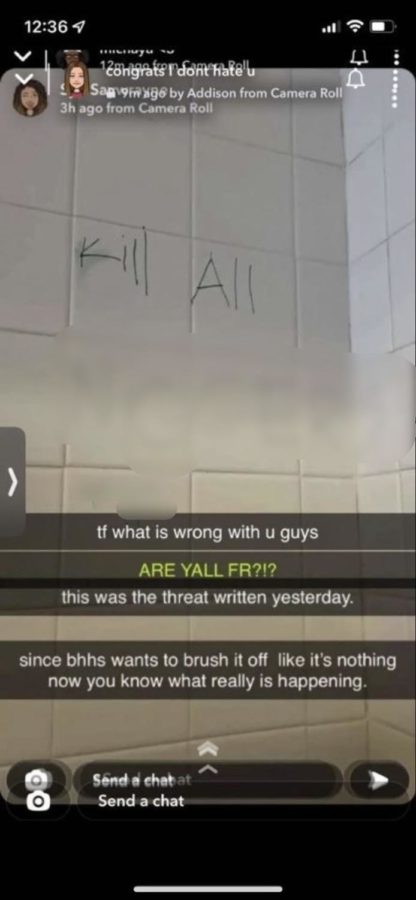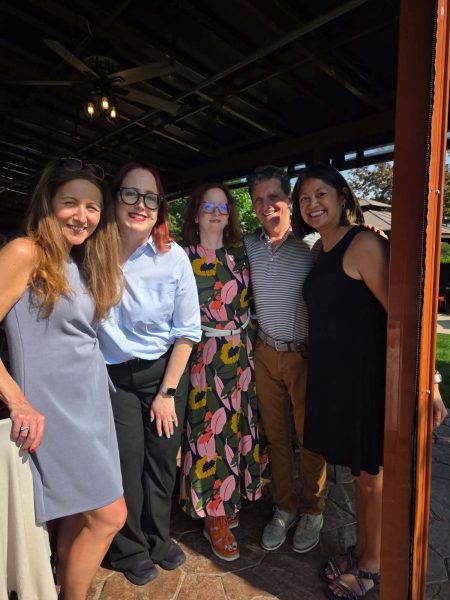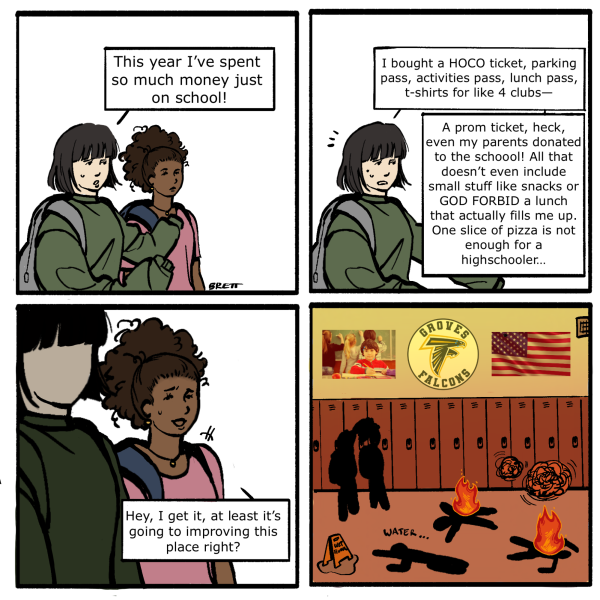Bloomfield Hills students call for justice and administrative action amongst racist threats
Viral Photo by Bloomfield students
Viral photo depicts threatening messages written on the wall of a Bloomfield Hills Bathroom. on November 9, 2021. The message stating “Kill All N*****”” immediately spread through the social media app Snapchat on November 9, 2021. This specific message is what sprung students into action and into leading a school wide walkout. “Racism has always been a problem with this school and really any school. This time at our school it was publicized. The constant outbreaks and continuation of these acts was at an all time high to the point where it felt like it was a trend,” Holimon said.
Students entered Bloomfield Hills high school and saw “Kill All N*****’s” scrawled in pen on one of their bathroom walls on November 9,2021.
There are even more messages similar to that one that are on display in other bathrooms, as well as on social media posts made by their classmates. The social media posts were mainly on Snapchat, containing phrases such as “All n*****’s should be extinguished, or “Three K’s a day keep the n****’s away.” The use of the “n-word” was used often within the school and on white students’ social media pages. Some other messages featured on other bathroom walls read quotes like “The n*****’s should be dead!”
This was not new for these students, as they have been dealing with these kinds of racist comments from classmates for years. Bloomfield Hills sophomore and walk-out organizer Grace Franklin claims it’s been occurring for over a decade.
“Racism has been an issue here at Bloomfield for a really long time. All of my older siblings have gone to Bloomfield and experienced it. My oldest sibling is sixteen years older than me, and it was happening even while she was in school,” Franklin said.
The constant racist messages on their walls, the social media posts, and the inaction from the school altered the environment at the school.
“We don’t have a sense of community with each other. A lot of people don’t feel comfortable hanging around each other because of the things that happened at our school,” Franklin said. “I was more angry than scared. It just kept escalating, and it had us all wondering, ‘when are they actually going to do something about it?’ Most of my classmates reacted more in fear than in anger, which was disheartening. I can’t imagine being in that school and being scared for your life every day.”
African-American students attending Bloomfield Hills High School are subject to racism even from their own faculty members. Bloomfield Hills sophomore Nyla Holimon and sit-in protest organizer had a teacher refer to her and her two fellow African-American friends as a “gang”.
“A teacher once said that me and two of my black friends were ‘ganging’ up on her and that she was scared. She also told students not to be friends with us because of that. After that incident, the office got involved and administrators continued to call us a ‘gang,’” Holimon said.
In middle school within the same Bloomfield district, Holimon and some of her fellow African-American friends created a group to speak to this same administrator who referred to them as a “gang” to discuss racial issues occurring within the school and district. After just a couple of meetings, the group was suspiciously dismantled by the board after they found out about the meetings. This was certainly not the only act of racism Holimon experienced from a faculty member.
In 2021, a hall monitor singled out African-Americans eating lunch in a designated eating area, and kicked them out whilst white students continued to eat in the same place. Another teacher hung an African-American doll by its neck from the ceiling for what he called an “experiment”. A Snapchat video surfaced later that day of students dragging the doll around and laughing.
“A black doll was hung from the second floor of the school by a teacher. There was a gun threat the day before the walk out. People were saying they were going to make black people their slaves. I’ve heard that white people were being called monkeys and n****** in school and that white people were saying the n***** to cameras. One of my friends at the time actually found some graffiti on a table and it was a carved message that said “n******,” Holimon said.
Holimon and Franklin admitted that the school itself did not do much at all to stop these racial offenses. Administration also sent out emails containing videos that repeated the same phrases each time about how to not be racist. After the incident of the messages written on the bathroom walls, Franklin realized that if the school won’t help, they’ll have to do it themselves.
So, they took matters into their own hands.
Franklin organized a walkout with fellow classmates to protest racism within their school and the administrators’ failure to punish the perpetrators. Students felt it was unacceptable for these incidents to continue happening. African-American students felt terrified in their own school.
“The second time there was a threat on the bathroom wall, it was just unbearable at that point. We decided that we had to do something about it,” Franklin said.
The walkout was attended by over two hundred students, and they all gathered outside the school to protest the ongoing racism and to celebrate African-American’s and their culture. Speakers such as Franklin, and other organizer Holimon, both were touched by the immense support from their classmates. Holimon felt unity with her classmates for the first time in a long time.
“I was out of town when the walkout happened, but I definitely was impacted. I was so angry to the point where I started crying. I was on FaceTime with one of my friends while it was happening and seeing people speak up about the issues was really exciting and overwhelming for me. Seeing all those people out there showed me who the real allies are and who goes to events like this just to skip class,” Holimon said, “Overall I felt a sense of unity that I never felt before when it came to a school environment.”
Franklin helped to organize the walk-out and even delivered a speech to her whole school during the protest. Like Holimon, Franklin was also excited to see her classmates joining in to support their common goal of ending racism.
“It felt good to see that such a big portion of the school was there and supported us. A lot of people are feeling the same way I do about the whole situation. It felt comforting to know that everybody, or most people, were in agreement that this shouldn’t be happening and that the administration has to do more,” Franklin said.
The walkout had supporters of all different colors and backgrounds. In spite of their differences, many students who were not affected personally by the racist comments still joined in solidarity with their African-American friends and classmates. Bloomfield Hills senior Olivia Totsky joined in on the protest, even though Totsky is white and therefore was not being targeted by these messages. This did not matter to Totsky, as it was just as upsetting to her seeing these comments. She was tired of her fellow classmates being attacked wihtin their own school.
“Part of the reason I participated in the protest was because it was extremely upsetting that my school was allowing people to get away with doing and saying hateful things. This has been a pattern at my school and in order for it to stop, we all needed to get together and share our voice. Since the protest, things at my school have so far changed and the administration has been taking the hate crimes more seriously with more punishment,” Totsky said.
Holimon claims African-American students were too scared to go to school after seeing the comments. In the midst of all the messages, many African-American students stayed home.
“During these times I know countless students were scared to go to school, including myself. Everyone fearing for their safety brought a whole new atmosphere into the school. On top of that, the Oxford shooting happened and tension was at an all time high. The black people were scared because we thought that if there were to be a shooting at our school, that black people would be targeted. There were limited people at school and teachers were even out. They did this as a statement of protesting and because they genuinely didn’t feel safe coming to school,” Holimon said.
Holimon and Franklin were not pleased with the administration and how they chose to handle the racist incidents. Students felt that the school was not taking enough action and ignoring the situation. As Franklin said, her sibling who attended Bloomfield Hills sixteen years ago dealt with similar racist incidents, such as the use of slurs and racist comments. Since then, the issue has not been fixed and racism lives on within their school walls.
“At first, the school didn’t do anything. Everything was brushed under the rug and no one knew about all of the racial stuff that was going on behind closed doors. Students would never hear back from administrators that said they would help them with these issues. Once the incidents did come to light, the superintendent or principal would send a video via email and say the same phrases over and over again. Everyone was tired of no action being taken and that’s when the walk out was planned,” Holimon said.
The school did release a statement in regard to the incidents. The statement wrote that school would be asynchronous on November 22 and November 23, while staff members held a professional development meeting. They reviewed materials from Learning for Justice, a program designed to teach staff members racial training.
“We know the District will emerge stronger and better as a result of these conversations, undeterred from its commitment to all students and facilitate a school environment of safety and support for every student,” Bloomfield Hills superintendent Patrick Watson said.
Holimon found that the administrators’ attempts to end the racist incidents and the conversations were ineffective. She also believed their speeches about racism were repetitive, and made no impact.
“After the walk out, the school took minimal efforts to move forward. On the day of the sit-in, the superintendent and the principal had a grade level assembly earlier that day basically saying that racism is bad and that you shouldn’t be racist because you could get in trouble with the police and it’s not nice. When we got back to school teachers were forced to read a script every single class period. It didn’t feel genuine. They also handed out a packet explaining how racial incidents would be handled from now on,” Holimon said.
Franklin agrees that there is more the school could have done to stop these incidents. Both Franklin and Holimon claimed there was little to no transparency from the school on how they were handling the incidents. This led to full transparency being listed in the students’ demands that were passed out by protestors during the sit-in, so that students could be aware of how the perpetrators were being punished and how the school planned to eliminate racial incidents. This demand was also included in the $150 million lawsuit filed against the schools by families to be awarded to students of color. The lawsuit called for more black teachers to represent black students, sensitivity training for staff, and a full investigation into the threats as well as clear communication with parents
“Whenever the school did something about the incidents, they didn’t communicate to us what they were doing. A lot of it was just hearsay about what they were doing about each issue. But a lot of the times when there’s a racist incident, the person that committed it would be back to school in a couple of days,” Franklin said.
Not all of the students who committed racist acts were suspended, however. Some missed school only out of fear when their racist comments were exposed on social media.
“People were furious. It’s outrageous that the school would allow people to come back after being outspoken about the fact that they don’t like people of my skin color,” Franklin said.
The lack of punishment against racist offenders and ignorance of the adults within the school caused African-American students to feel alone in their struggles.
“The superintendent and principal lost the trust of numerous students because of multiple things. They didn’t close school after the gun threats with the racial incidents or with the Oxford shooting. At the community meeting, it seemed as if they were laughing when people exposed the issues to parents. Also at the meeting, they couldn’t even tell the parents what was going on at the school because it was so embarrassing. Whenever the black superintendent came into school he would only talk about how cool the shoes you were wearing were, and multiple other things not related to racism. Having no trust in any adult figures made it even worse than it already was and it made students feel more alone than ever,” Holimon said.
For Holimon, seeing these messages not only angered her, but they made her afraid. The continuous messages seemed to never end for her, especially when it was not being stopped by faculty or administrators.
“When I first saw these messages I was infuriated. Once they kept piling up that fury turned into fear. I had many sleepless nights. I knew there was something seriously wrong when I started to fall behind on school work because my brain just couldn’t function in the midst of all the madness. I was very disappointed in how the school was handling things and I was most disappointed in the superintendent. He is a person of color and it felt like he didn’t take things seriously when it’s affecting his own people,” Holimon said.
In an effort to help minority students feel more comfortable and have a safe place and avoid racial tensions like at Bloomfield, many schools have clubs where they discuss a certain race or culture and issues within the community. Groves has their own African-American’s Changing Tomorrow club, as a safe place for students to celebrate diversity and black culture. Senior Rhyan Hurns is part of the AACT club, and she sees it as a way for African-American students to have a voice and share their thoughts.
“I think the club gives students an outlet to be themselves and talk about these issues without feeling like they’re silenced. I feel like a lot of times in the classroom, things about race might come up, but it’s skimmed over. So it’s not like they go in depth with things because a teacher might not understand the issue or students might feel uncomfortable with talking about the issue. We get to go more in depth with what we’re talking about and how it affects us,” Hurns said.
Within the AACT club, members enact many service projects, such as ‘Meals on Wheels’, where food is served to elderly in Detroit, or making Halloween candy bags for the kids at Children’s Hospital. The members also help organize and speak during our Martin Luther King Day assembly. Usually at every meeting, they have a discussion regarding what’s currently going on within the African-American community and what they can do to help. They also discuss service projects to conduct every couple of weeks.
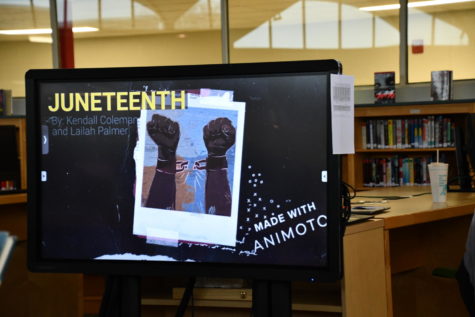
Hurns is a member of the AACT club, and finds that this club provides a perfect outlet for African-American students to discuss and express their feelings about the community.
“I think it’s important to make sure that people at the school feel like they have a community, especially because we are in a predominantly white community. It helps because Groves is likely the most diverse school out of our district. Groves has less of a problem because I think our black staff, parents, and students are more vocal about issues that may come up. I also think there are things that are swept under the rug that we just don’t see and hear. I think it helps especially in a predominantly white community to have a space like AACT club for people to talk about it,” Hurns said. “Sometimes people have the misconception that AACT is for just for black people, but it’s for everyone just to better understand everyone in the school and how they function in everyday life and how it affects them. It helps to have that outlet to talk about issues at the school that affect African-Americans more greatly just because of who we are, and how we present ourselves.”
Although Hurns believes that AACT creates a welcoming and inclusive community for African-American students, she also notes that racism still exists, whether implicit or not, in just about every community; even here at Groves.
“I think there’s little things, like microaggressions, that occur on an everyday basis that happen. Microaggressions such as when students bring up affirmative action, or when African-American students feel stared at during racial conversations in class. Another issue I see is when African-Americans will change their hair, someone might comment on it or ask to touch it. Something I see a lot of white students doing is making their bitmoji dark-skinned, when they’re not. However, I think the staff and the students at Groves are just used to being around people that aren’t like them, so I think it’s less likely to happen here, but I don’t think it doesn’t happen at all. I just think it’s not as obvious,” Hurns said.
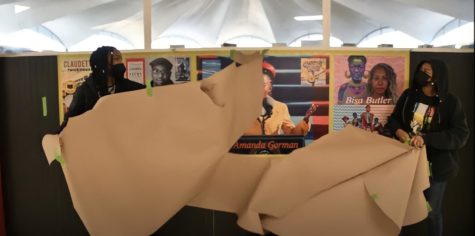
Counseling Department Head Norman Hurns claims that we are also working hard at Groves to take preventative measures against racism within our school. Groves encourages conversations about these issues. We even have a social justice class where we learn about the injustices in society throughout American history.
“We’re having crucial conversations in the classroom. We look at MLK Day, and what can you do in order to make a difference in whatever that endeavor is. I think the fact that we’re having some crucial conversations as departments, and as a staff about things that are impacting students. We’re also talking about things that we see that are mirroring themselves, possibly in society, and could kind of infiltrate the walls of Groves, and we’re being proactive about that. I think the appropriate consequences and actions are taken by administration and staff. Counselors are in tune and I think students are as well,” Hurns Sr. said.
Hurns Sr. also believes that racial incidents do happen at Groves, as they happen everywhere. However, he also believes the atmosphere at Groves and the diverse and welcoming environment we have worked so hard to achieve allows for racial incidents to be properly punished and not as apparent and common.
“I think Groves has done a great job of aligning their core values with action that takes place within the building, such as celebrations and groups that are created. We have African Americans Changing Tomorrow, we have Gay-Straight Alliance, we have Women’s Empowerment club. You have different groups that are on the fringes, like mental health club. They’re on the fringes of society, so to speak, but still have an opportunity to have a voice,” Hurns Sr. said. “I think from an administrative standpoint, and collectively as a staff and students, we’re not going to tolerate any kind of insensitive or bigoted behavior, and it’s going to be addressed.”
Your donation will support the student journalists of Wylie E. Groves High School. Your contribution will allow us to purchase equipment and cover our annual website hosting costs.


